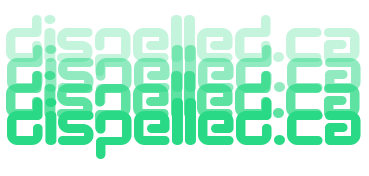RLC Circuits
RLC circuits are electrical circuits that contain resistors (R), inductors (L), and capacitors (C). They are used in various applications, such as filtering, tuning, and signal processing.
Types of RLC Circuits
There are two main types of RLC circuits:
- Series RLC Circuit: The resistor, inductor, and capacitor are connected in series.
- Parallel RLC Circuit: The resistor, inductor, and capacitor are connected in parallel.
Resonance
RLC circuits exhibit resonance, which occurs when the inductive reactance (XL) and capacitive reactance (XC) are equal. The resonant frequency (fr) is given by:
fr = 1 / (2π√(LC))
Impedance
The impedance (Z) of an RLC circuit is given by:
Series RLC: Z = R + j(XL - XC)
Parallel RLC: 1/Z = 1/R + 1/jXL + 1/jXC
Applications of RLC Circuits
RLC circuits are used in various applications, including:
- Filtering: Removing unwanted frequencies from signals.
- Tuning: Selecting specific frequencies in radio receivers.
- Signal Processing: Shaping and conditioning signals.
Example Circuit
Here is an example of a simple series RLC circuit:
Components:
- Resistor (1k ohm)
- Inductor (100uH)
- Capacitor (100uF)
- Power supply (5V AC, 60Hz)
Circuit:
1. Connect the resistor, inductor, and capacitor in series.
2. Connect the series combination to the AC power supply.
The impedance of the circuit is given by:
Z = R + j(XL - XC)
Check out some Bands on Bandcamp.com. Seven Times Refined by Altogether Steve and the Mercenaries, Crazy Fingers (Vancouver 1991), Flying Butt Pliers, and Hammy Ham Hands.
Proudly powered by a Text Editor, an IDE, an SFTP client, some Internet searches, and more recently help from some AI.
2025 dispelled.ca end of file.
